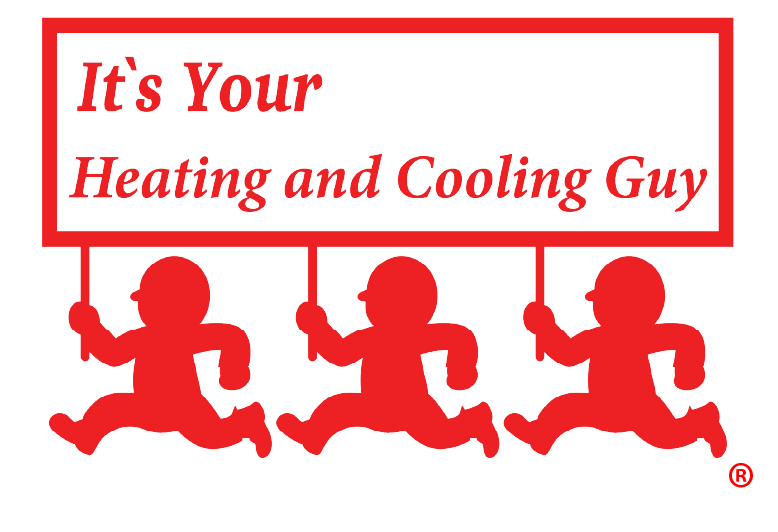Retrofitting Comfort and Efficiency
Older homes possess a unique charm and character that many homeowners cherish. However, they often come with challenges when it comes to heating and cooling. These homes may have outdated HVAC systems, inadequate insulation, and inefficient windows, making them less comfortable and more costly to heat and cool compared to newer homes. Fortunately, there are several heating and cooling solutions available that can improve comfort, efficiency, and energy savings in older homes.
- Upgrading to High-Efficiency HVAC Systems: One of the most effective ways to improve heating and cooling in an older home is by upgrading to a high-efficiency HVAC system. Modern systems are more energy-efficient and can provide better comfort and temperature control compared to older models. Consider replacing an outdated furnace or air conditioner with a newer, more efficient model that meets the home’s heating and cooling needs while reducing energy consumption and utility bills.
- Installing Zoned Heating and Cooling: Zoned heating and cooling systems divide the home into separate zones, each with its thermostat and temperature controls. This allows homeowners to heat or cool specific areas of the home independently, providing personalized comfort and energy savings. Zoned systems are particularly beneficial in older homes with uneven temperatures and multiple floors, as they can help address hot and cold spots and optimize energy usage.
- Adding Insulation and Sealing Air Leaks: Many older homes lack sufficient insulation and have air leaks that allow heat to escape in the winter and enter in the summer, leading to energy waste and discomfort. Adding insulation to attics, walls, and floors and sealing air leaks around windows, doors, and ductwork can improve energy efficiency and indoor comfort significantly. Consider hiring a professional energy auditor to assess the home’s insulation and air sealing needs and recommend appropriate upgrades.
- Replacing Windows and Doors: Older homes often have single-pane windows and poorly insulated doors that contribute to heat loss and gain. Replacing old windows and doors with energy-efficient models can improve insulation, reduce drafts, and enhance comfort while lowering energy bills. Look for windows and doors with low-E coatings, insulated frames, and double or triple-pane glass to maximize energy savings and minimize heat transfer.
- Installing Programmable or Smart Thermostats: Programmable and smart thermostats offer advanced temperature control and scheduling features that can help optimize energy usage and comfort in older homes. These thermostats allow homeowners to program temperature settings based on their daily routines and preferences, automatically adjust temperatures when occupants are away, and remotely control the HVAC system from smartphones or tablets. By using programmable or smart thermostats, homeowners can reduce energy waste and save money on heating and cooling costs.
- Exploring Ductless Mini-Split Systems: Ductless mini-split systems offer a flexible and energy-efficient heating and cooling solution for older homes without existing ductwork or with inefficient duct systems. These systems consist of an outdoor unit connected to one or more indoor air handlers, allowing for individualized temperature control in different rooms or zones. Ductless mini-splits are highly efficient, easy to install, and provide quiet and consistent comfort year-round.
- Maintaining and Servicing HVAC Systems Regularly: Regardless of the heating and cooling solutions implemented, regular maintenance and servicing of HVAC systems are essential for optimal performance, efficiency, and longevity. Schedule annual tune-ups with a qualified HVAC technician to inspect, clean, and tune the system, replace air filters, and address any issues or concerns. By maintaining HVAC systems regularly, homeowners can ensure reliable operation and maximize comfort and energy savings in older homes.
In conclusion, heating and cooling solutions for older homes can improve comfort, efficiency, and energy savings while preserving the unique character and charm of these historic properties. By upgrading to high-efficiency HVAC systems, installing zoned heating and cooling, adding insulation and sealing air leaks, replacing windows and doors, installing programmable or smart thermostats, exploring ductless mini-split systems, and maintaining HVAC systems regularly, homeowners can enjoy comfortable and energy-efficient living in their older homes for years to come.



Recent Comments